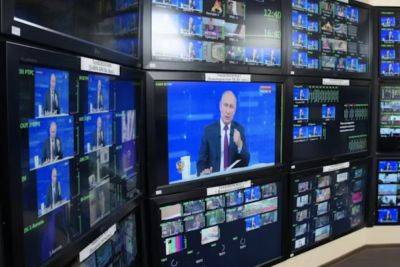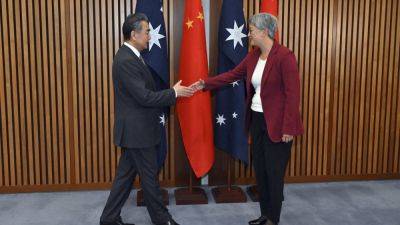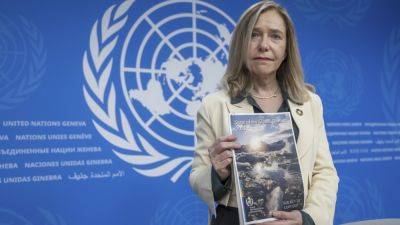The maritime issues ASEAN wants to talk about
Australian Foreign Minister Penny Wong issued a stark warning to Southeast Asian leaders this week: the region could face a “devastating” conflict over the South China Sea unless it strengthens its diplomatic and legal safeguards.
Wong said the region was already experiencing “destabilizing, provocative and coercive actions”, in addition to “unsafe conduct” in the air and sea. These were not-quite-so-veiled references to China’s recent actions in the South China Sea.
Other countries in the region – especially Vietnam and the Philippines – share similar concerns about China’s maritime assertions. They question, for instance, what Beijing’s rejection of the 2016 South China Sea tribunal ruling might mean for upholding international maritime laws and keeping crucial sea trade routes open.
This week, Manila again called out China’s “dangerous maneuvers” in the South China Sea. President Ferdinand Marcos Jr vowed not to yield an “inch” to China in the contested waters.
Australia and the Philippines recently signed an agreement to deepen maritime cooperation. This may lead to more joint defense exercises and patrols in the South China Sea.
But not all regional leaders agree about the potential threat. Malaysian Prime Minister Anwar Ibrahim issued a warning of his own at the ASEAN-Australia Special Summit this week over the West’s “China phobia.” If the US and Australia have problems with China, he said, “they should not impose it” on Southeast Asia.
Beyond territorial disputes
There is no doubt the great power competition between the US and China sets the strategic backdrop for Australia’s engagement with Southeast Asia.
But while maritime cooperation is increasing among regional states, this doesn’t mean they all agree on the







